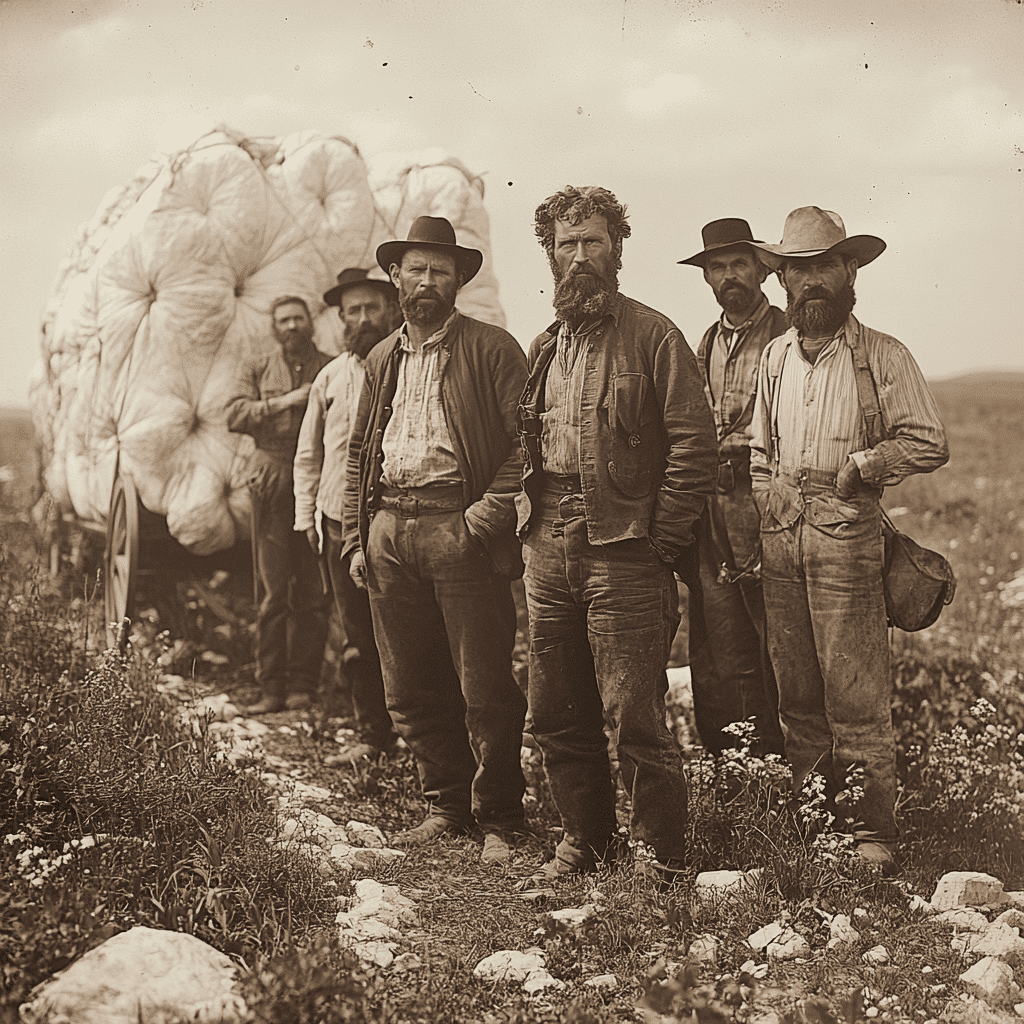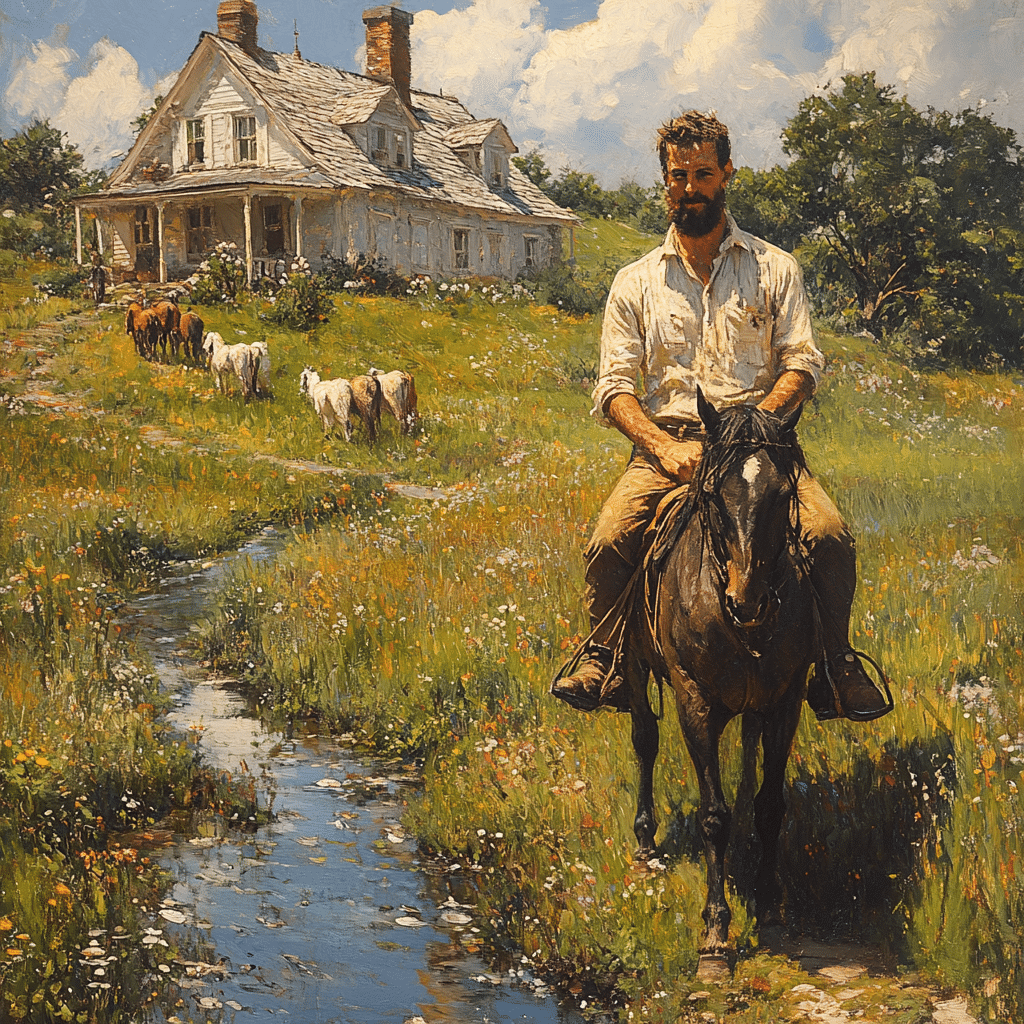The Homestead Act of 1862 was a game-changer that significantly altered the fabric of American life. So, what did the Homestead Act do? It offered 160 acres of public land to settlers willing to cultivate and improve it for at least five years. This initiative unlocked doors for ordinary people, turning dreams of land ownership into reality and setting off a chain reaction that improved social and economic conditions across the United States.
Let’s dive into the key transformations sparked by the Homestead Act. Not only did it reshape land ownership, but it also redefined opportunity for countless settlers, paving the way for the diverse agricultural communities we still see today. It’s important to recognize just how profound the implications of this legislation were for those who pursued the American Dream.

The Impact of the Homestead Act: What Did the Homestead Act Do?
The Homestead Act encouraged westward migration and ushered in a new era of opportunity. By providing access to land for the common person, it promoted a sense of empowerment among those who had for too long been left out of property ownership. Unlike the previous norm where wealth dictated land acquisition, the Homestead Act leveled the playing field and paved the way for diverse communities to spring up across the country.
Moreover, the promise of land ownership saw farmers and families flocking to regions like Nebraska and Kansas. These areas, once desolate, transformed into thriving agricultural hubs, demonstrating the Act’s enormous contribution to America’s economy and reducing dependency on crop production in more established rural locales.
While the Act’s intent was positive, the consequences of this land acquisition were not without significant challenges, particularly for Native American tribes. Their displacement from ancestral lands, often ignored for the sake of expansion, led to violence and suffering, marking an unfortunate chapter that must not be overlooked.
7 Key Transformations Brought by the Homestead Act
Before the Homestead Act, land ownership was a privilege reserved for the elite. This Act democratized opportunities, enabling a range of citizens—including immigrants and former slaves—to stake their claim. This shift fundamentally changed the narrative of what it meant to own land in America.
With the promise of land came the aspiration to farm, leading to the rise of vibrant agricultural communities. As farmers cultivated their plots, regions evolved into centers of production, significantly enhancing America’s GDP.
A beacon for those yearning for a fresh start, the Act drew individuals from the East and even abroad. It not only alleviated poverty but also enriched the cultural fabric of cities and towns, crafting a distinct American mosaic.
Cultivating their lands fostered economic independence for settlers. They started businesses—the likes of grain mills and farm implement shops emerged, catalyzing industrial innovation that transformed farming practices.
On the flip side, the expansions came at a cost. Native American tribes were forcibly removed from their homelands, deepening the societal rift. This loss of land for those communities marked a stark reminder of the darker implications of such opportunities.
Settlers altered the landscape, prompting changes in farming techniques depending on the region. Innovative practices emerged as settlers adapted to local climates, such as dry farming methods in the Great Plains.
Even today, the influence of the Homestead Act reverberates through discussions on land use and ownership rights. The concept of ‘unimproved land’—tracts needing development before utilization—remains a pertinent topic in real estate conversations.

Unveiling the Myths: What Does Unimproved Land Mean?
So, what does unimproved land mean? Essentially, it refers to land that is undeveloped, lacking essential infrastructure like roads and utilities. This concept is vital for anyone delving into property investment, especially when considering options like cashing out of the property. Understanding unimproved land meaning helps potential landowners and investors weigh the risks and rewards associated with such parcels—uncultivated terrain generally demands hefty investments to become viable for occupation or agricultural use.
Today, individuals must be wise when assessing unimproved land. While it can stand as a blank canvas, it also holds the potential for steep costs before any plans can materialize. People often overlook this critical aspect, leading them to miscalculate the financial commitment required.
In contrast, options like rent-to-own arrangements can sometimes appear appealing but serve their own set of troubles. Understanding the smokescreen that often hides these issues is essential for achieving genuine land ownership without the shackles of uncertainty.
The Downside of Alternate Ownership Models: Why Rent-to-Own Is Bad
Although the Homestead Act created fertile ground for ownership through effort, modern alternatives like rent-to-own agreements can become financial traps. Here’s why rent-to-own is bad—while these options may seem convenient, they often lack the security that comes with true ownership.
Unlike these uncertain arrangements, the foundation laid by the Homestead Act rests upon genuine ownership cultivated through hard work. This legislation provided pathways to true equity and independence, allowing families to build wealth.
The Homestead Act’s Enduring Influence on Modern Land Ownership
Fast forward to 2024, and the Homestead Act’s legacy remains vital in shaping land policy and homeowners’ rights. The principles instilled by the Act continue to inspire many seeking property ownership today, fostering discussions on land use and the implications for indigenous peoples.
Reflecting on the past highlights how the Homestead Act opened doors for myriad individuals and families. It painted a broader picture of American values regarding land, freedom, and the pursuit of prosperity. As the dialogue on equitable access to property continues, the lessons learned from history urge us to balance past injustices with a commitment to opportunity for all.
In a time where economic mobility often feels like a grand scale of obstacles, the story of the Homestead Act stands as a beacon of hope. It reminds us that with access and opportunity, we can nurture the seeds of growth for generations to come.
What Did The Homestead Act Do to Transform Lives
The Homestead Act of 1862 was a game-changer in American history, allowing millions to claim land and build a future. So, what did the Homestead Act do? In essence, it made 160 acres of public land available to settlers for a small fee, provided they improved the land by building a dwelling and cultivating crops. This initiative opened doors for countless families, immigrants, and those seeking a fresh start, paving the way for them to transform their lives. It’s pretty wild how one act could alter the course of so many lives, don’t you think? And, as cheesy as it sounds, this piece of legislation was a ticket to the American Dream for many.
The Power of Land Ownership
Land ownership has always been a deeply rooted aspiration in the U.S. landscape. Interestingly, while many were busy settling, some were grappling with tougher issues, like the infamous housing market crash that left many in a tough spot. The Homestead Act offered a buffer against such economic turmoil by encouraging self-sufficiency through land cultivation. Families could plant their roots literally and figuratively, making their piece of land a cornerstone of stability. Imagine those settlers, staring out at their land, dreaming about the future! It’s a stark contrast to today’s manufactured homes, which provide different paths to homeownership. Yet, the essence of building a life from the ground up remains unchanged.
Trivia Unplugged
Here’s a fun fact: did you know that the Homestead Act was instrumental in shaping the rural landscape of America? With each plot claimed, communities blossomed, schools sprung up, and towns began to form, fostering a unique spirit of collaboration. Many folks still wonder about the consequences of land claims; for instance, When Did The housing market crash actually shake things up? While different in context, the echoes of those struggles are reminiscent of the issues settlers faced. The Homestead Act wasn’t just about land; it was about potential and promise! Just as it transformed the bareness of the prairie into bustling homesteads, today’s transformations rely on different factors, but the heart of seeking opportunity stays the same.
So, what did the Homestead Act do? It siphoned off a piece of hope, allowing families to cultivate their destinies and shape the American tapestry. This act gave rise to stories of perseverance and grit, making it a monumental chapter in the tale of American identity. As we look toward today’s challenges, it’s worth remembering how one act forged pathways for countless individuals and families to chase after their dreams. After all, isn’t that what life’s all about?



